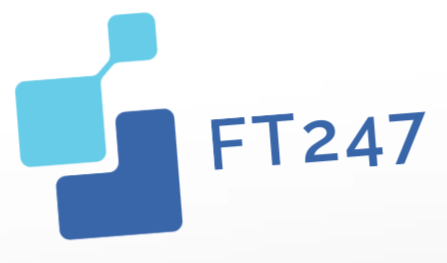Introduction to Sensors
Sensors are devices that detect and respond to physical stimuli, converting them into signals that can be read and interpreted. They play a crucial role in various industries, including automotive, healthcare, manufacturing, and environmental monitoring. The global sensor market is expanding rapidly, with advancements in technology driving innovations and increasing demand. According to an industry report, the global sensor market was valued at approximately $200 billion in 2021 and is expected to reach $350 billion by 2026, growing at a CAGR of around 10%.
Types of Sensors
1. Temperature Sensors
Temperature sensors measure heat levels in different environments. Common types include thermocouples, thermistors, and infrared sensors. These sensors are widely used in HVAC systems, food processing, and medical devices. For instance, thermocouples are often employed in industrial applications due to their ability to function over a wide temperature range.
2. Pressure Sensors
Pressure sensors monitor the pressure of gases or liquids. They are essential in industries such as oil and gas, automotive, and aerospace. The global pressure sensor market was valued at approximately $8 billion in 2022 and is projected to grow to $12 billion by 2030, demonstrating a significant uptick in demand driven by industrial automation.
3. Proximity Sensors
Proximity sensors detect the presence of an object without physical contact. They are commonly used in smartphones, automotive applications, and manufacturing processes. The global proximity sensor market was valued at around $4 billion in 2021, with projected growth driven by the increasing automation in various sectors.
4. Light Sensors
Light sensors, such as photodiodes and phototransistors, measure light intensity. They find applications in cameras, smartphones, and smart lighting systems. The increasing adoption of smart home technologies has propelled the demand for light sensors, with the market expected to grow at a CAGR of 8% from 2023 to 2030.
Market Trends and Drivers
1. IoT Integration
The integration of sensors with Internet of Things (IoT) technology is a major trend shaping the sensor market. IoT devices rely heavily on sensors to collect data and communicate with other devices. The global IoT sensor market is projected to grow from $10 billion in 2021 to $25 billion by 2026, driven by the increasing demand for connected devices across various sectors.
2. Advancements in Sensor Technology
Rapid technological advancements are enabling the development of more sophisticated sensors. Innovations such as MEMS (Micro-Electro-Mechanical Systems) technology have led to the creation of smaller, more efficient sensors. For example, MEMS accelerometers are widely used in smartphones and wearables, enhancing user experience through motion detection and orientation sensing.
3. Growing Demand for Automation
The push for automation in industries such as manufacturing, agriculture, and healthcare is driving the demand for sensors. Automated systems require sensors to monitor processes and ensure efficiency. The global industrial automation market, which heavily relies on sensors, was valued at approximately $200 billion in 2022 and is expected to reach $300 billion by 2030.
Regional Analysis
1. North America
North America holds a significant share of the global sensor market, driven by advancements in technology and strong demand from the automotive and healthcare sectors. The U.S. sensor market was valued at around $60 billion in 2021, with projections indicating steady growth due to increased adoption of smart technologies.
2. Europe
Europe is experiencing growth in the sensor market, particularly in automotive and industrial applications. The European sensor market was valued at approximately $50 billion in 2021, with Germany leading as a major contributor due to its automotive industry.
3. Asia-Pacific
The Asia-Pacific region is anticipated to witness the highest growth rate in the sensor market, fueled by rapid industrialization and urbanization. Countries like China and India are investing heavily in smart city initiatives and automation, creating a robust demand for various sensors. The Asia-Pacific sensor market was valued at about $70 billion in 2021.
Challenges in the Sensor Market
Despite the promising growth, the sensor market faces several challenges.
1. High Production Costs
The development and production of advanced sensors often involve significant R&D expenses and high manufacturing costs. This can hinder smaller companies from entering the market or developing competitive products.
2. Data Security Concerns
As sensors become increasingly interconnected, data security becomes a critical concern. Cybersecurity threats pose risks to sensor-based systems, especially in sectors like healthcare and automotive where data integrity is essential.
Future Outlook
The sensor market is poised for substantial growth in the coming years, driven by advancements in technology, increasing automation, and the integration of IoT. The global focus on sustainability and smart infrastructure will further propel the demand for innovative sensor solutions. According to market analysts, the sensor market is projected to reach $350 billion by 2026, with significant contributions from IoT-enabled sensors and automation technologies.
Conclusion
In conclusion, sensors are vital components across various industries, enabling the collection and analysis of data that drive decision-making and efficiency. The market dynamics indicate robust growth, influenced by technological advancements and increasing demand for automation. As industries continue to evolve, the role of sensors will become even more critical, paving the way for innovations that enhance our daily lives and business operations.
Read More: Revolutionizing Agriculture: How AI and Automation Are Reshaping Farming in 2025
